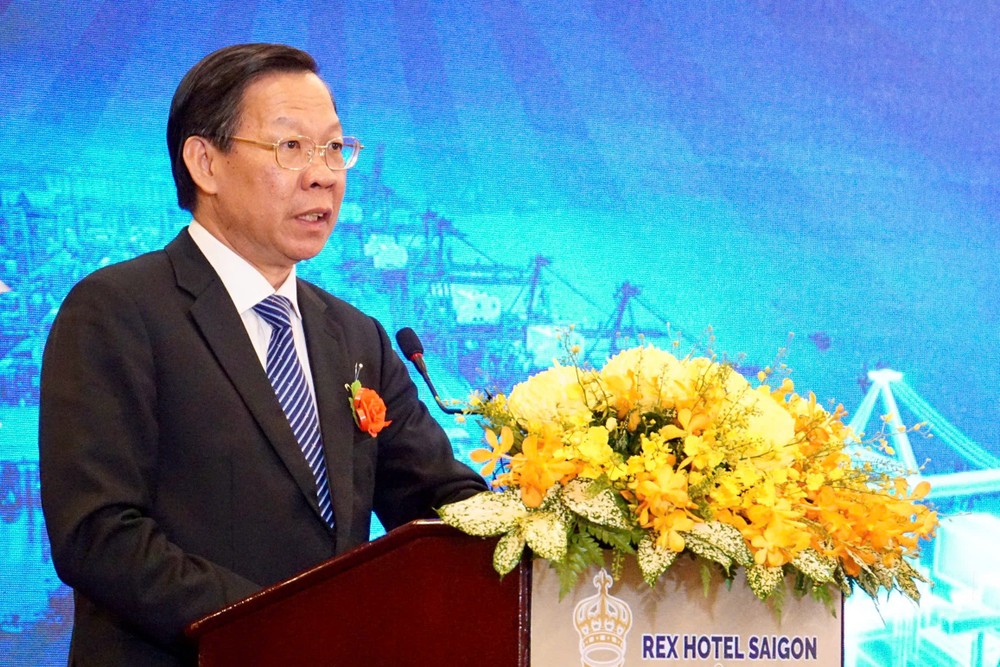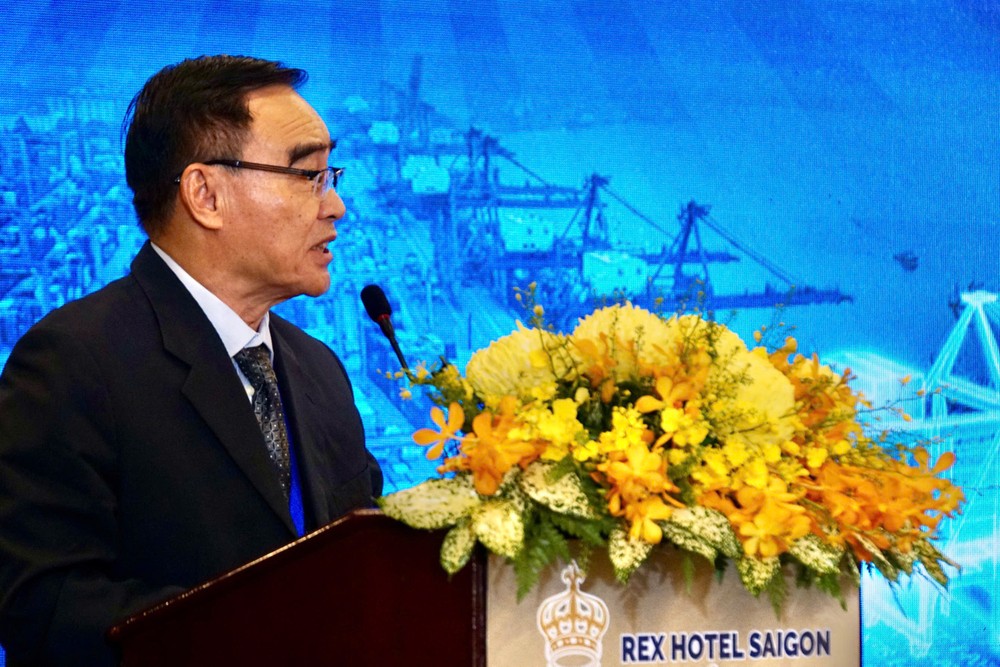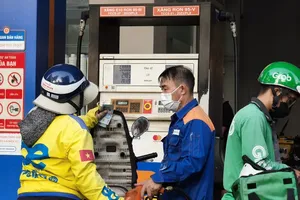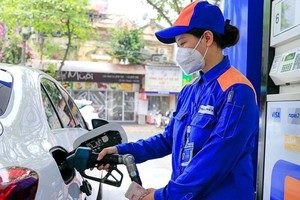
Attending the event was Chairman of the HCMC People’s Committee Phan Van Mai.
Speaking at the event, Chairman of the Vietnam Seaports Association (VPA) Le Cong Minh said that the volume of goods passing through Vietnamese seaports annually accounts for 60 percent of general cargo, bulk cargo, and liquid cargo, and 90 percent of container cargo in the country. In the first six months of 2024, the volume of goods passing through seaports increased by 25 percent compared to the same period last year.
The volume of goods through seaports in Vietnam is expected to increase by 1.6 – 2.1 times by 2030, and 4.1 – 4.8 times by 2050.

In his speech, Chairman of the HCMC People’s Committee Phan Van Mai emphasized that HCMC has an advantageous location and economic conditions. The city will be developed into the largest logistics center in the country and can integrate internationally.
In 2030, the southern metropolis plans to focus on implementing the construction project of the Can Gio International Transshipment Port in the Cai Mep - Thi Vai - Can Gio port cluster, continuously relocating the existing ports from the city center to the outskirts, linking Hiep Phuoc Port Urban Area in Nha Be Suburban District with ports along the Dong Nai and Saigon Rivers.
In addition, the city will carry out transportation projects to connect the ports with Ring Road 2 and Ring Road 3, expressways. These projects are expected to be completed before 2030.
The country’s economic hub and the Southeastern region will connect with the Mekong Delta region to develop their advantages of water transportation.
Port companies currently operating in HCMC need to continuously exploit the potential advantages of the city and the Southeastern region for further development and build modern, intelligent, green, connected, and globally integrated port enterprises.
























